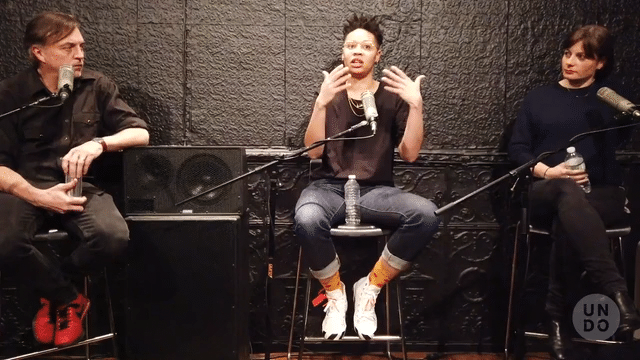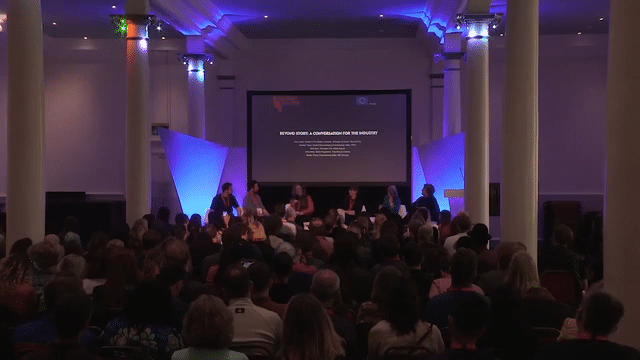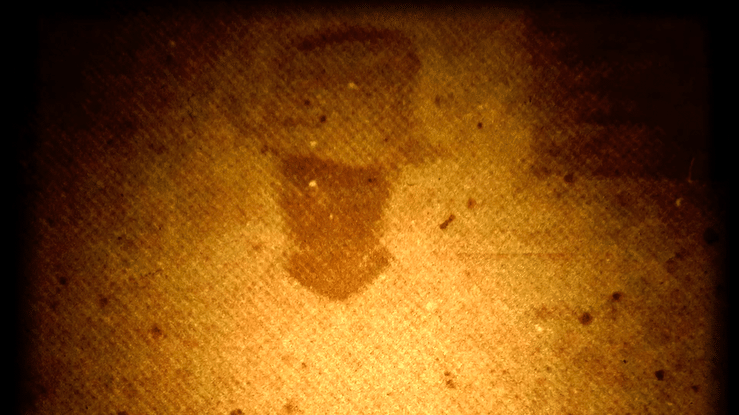Introduction: Beyond Story
Alexandra Juhasz & Alisa Lebow
In the introductory narration to This Changes Everything (Avi Lewis, 2015), Naomi Klein proposes that the biggest contributor to climate change isn’t greenhouse gasses or some inherent greed embedded in human nature. The real problem, the film suggests, is a story that we’ve been telling ourselves for 400 years about human ingenuity being able to engineer and thus dominate nature. Lewis’s film aims to radically intervene in climate change by rewriting this story of domination. We simply need to “change the narrative” says Beadie Finzi, director of Doc Society (formerly BRITDOC), in a video promoting their Climate Stories initiative. But we will assert, and the contributors to this volume will attest, that for a host of compelling reasons, stories will not save us.
The voices collected here argue vigorously against the common sense wisdom that changing the narrative and telling a different story—or loads of different stories—will be enough. Story itself has become part of the problem: there is an overemphasis on story—or at least the way stories have come to be told in the documentary films of the West—foreclosing other options. We see a problem of form as much as of content; a problem of politics and ideology as much as art and culture. The current socio-historical context has transformed storytelling into an unchallenged neoliberal palliative, a way to make us feel better, a means of preventing us from attending to necessary paradigm shifts.
Documentary films—whatever their chosen form—cannot save us. As a form of media art, however, documentary can unsettle and even reorient embedded modes of thinking and believing. When tied to movements for change, this can help to elaborate and expand upon political perspectives or positions. But the dominance of the story format has also consolidated mandates in distribution and form. In our “Beyond Story Manifesto,” first published in World Records in 2018, we suggest a break with other current industry assumptions: the formulaic ways that the cultural value of docs are measured by their “impact”; a reduced and simplistic set of required components (strong individuated characters, narrative resolution, and so on) that will give films the chance to reach a wider audience and compel them to socially engage in demonstrable ways. Impact is measured by funders, commissioning editors, and broadcasters in terms of numbers of viewers, and by nonprofits in terms of dollars raised. And yet, these indicators are as much about perpetuating the existing system as changing it. During a time when more documentaries are finding larger viewerships than ever before, we note an ominous reduction of the form’s capacious ability to surprise, revise, and otherwise upend cultural and ideological conventions.
Story is, of course, not one thing. The necessity to take recourse in its familiar forms differs in the purpose of the telling. When Saidiya Hartman asks “what do stories afford anyway?,” she is not asking rhetorically or suggesting their lack of utility. Rather, she is insisting that stories be told with extreme vigilance, taking care not to repeat the violences (or silences) of past tellings, while keeping in mind who the beneficiaries may be.{1} We agree that there are many culturally inflected and politically committed forms of storytelling, as Hartman’s own “critical fabulations” attest. Instead, we take issue with a very particular kind of storytelling that has taken hold in the sphere of documentary, at least where it is industrially produced and disseminated. By naming the problem, we are calling filmmakers, programmers, critics, and scholars into a conversation about why and how we must challenge this hegemonic norm that too clearly serves to perpetuate the market while actively changing very little.
When we asserted in “Beyond Story” that we need to think beyond (character-led, conventional) storytelling, we were already anticipating the insights of peers who are also frustrated by the willful impoverishment of the mode to which we’re all committed: documentary—a wildly capacious, evolving, and useful tool that has long cultivated a heterogeneous relationship to form. We had a sense that there were many others thinking about what documentary can (and cannot) do, what it has and has not done, and who are being excluded—artistically, economically, politically—by the current constraints imposed by funders, commissioning editors, festival programmers, and other gatekeepers in the field. What creative and political possibilities does recourse to “digital storytelling” foreclose in a sphere uniquely suited to explore new imaginaries?
We wanted to initiate a dialogue. By naming the problem, we hoped to shine a spotlight on it, better historicize its terms, and invite those affected to join us in critical reflection. We hoped to hear from filmmakers, artists, critics, and scholars about alternatives to the traditional three-act, character-led story, and to films reliant on recognizable stars or types. We wanted to speak with anyone in a position to help determine the direction documentary might go in the future. It was apparent to us that not all filmmakers, programmers, funders, and the like were committed to conforming to the strictures of storytelling, but that many have been left with little choice but to work within the narrow parameters of current norms.
As the manifesto circulated, we learned how many of those working beyond story were being bypassed for funding and sidelined in ways that deserved contestation. It also became clear to us that some filmmakers felt somewhat inhibited to name or protest the current wave, lest they be perceived to be expressing “sour grapes,” as one filmmaker put it to us, or perhaps, insidiously, that their critiques would exclude them from the very funding opportunities needed to make their work.
We are also motivated by a pressing concern about documentary’s role in making possible new political imaginaries (or further sedimenting old ones). We want to think differently about how documentary can intervene in the struggles of our time. Thus, we kicked off the release of the manifesto with a full-to-the-rafters event at UnionDocs called “Character Limit,” held in Brooklyn, NY, in February 2019 (featuring filmmakers, Sable Elysse Smith, Travis Wilkerson and Brett Story, along with Alexandra Juhasz and Jason Fox). A transcript from that event is included in this special issue, as so many of the terms of the larger debate were first articulated there. (Article 15)
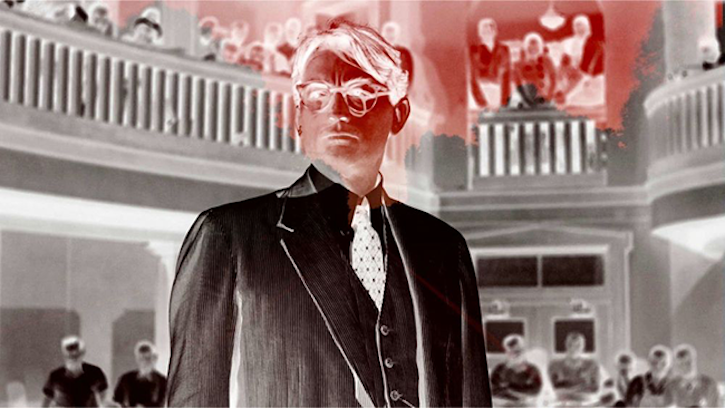 Figure 1. DID YOU WONDER WHO FIRED THE GUN? (Travis Wilkerson, 2017) Featured in “Character Limit” at UnionDocs in January, 2019. Courtesy of the artist.
Figure 1. DID YOU WONDER WHO FIRED THE GUN? (Travis Wilkerson, 2017) Featured in “Character Limit” at UnionDocs in January, 2019. Courtesy of the artist.
Later that spring, the organizers of Poetics and Politics of Documentary 2019, a practice-as-research symposium held that year at UC Santa Cruz, decided to take up where our manifesto left off, going even further and placing the stakes of their symposium “against story.” Their website articulately echoes our concerns:
Even a cursory look at the current field of non-fiction media funding and exhibition reveals a widespread requirement for the identification of “characters” and the delineation of “story.” What does this demand facilitate and what does it foreclose? What are the political implications of this trend? What are the poetic or aesthetic consequences? The subtitle of this symposium is meant to suggest two stances: a counterposition but also an intimate proximity.{2}
It was gratifying to attend that symposium and to listen to so many inspiring accounts of films and filmmakers discussing their work both beyond and against story. Some of these presentations have found their way into this volume (Thirumalaisamy, Johnston, Prelinger, and Lin). These conversations were exciting and fruitful, but took place in an academic setting, where we already knew our manifesto would have currency. Sharing their thinking online, in this special issue of World Records, is one step toward moving this conversation from the intimate worlds where documentary often circulates. But some of this ripple effect was occurring on its own. We hadn’t anticipated, as much as we had hoped for the energetic reception the manifesto received beyond the academic sphere; we began to see that it was reaching the ears of some of the policymakers and gatekeepers we had had in our sights.
One of the problems named and engaged by this effort is that we don’t usually speak across the particular siloes of the field—academia, production, funding, screening, distribution, and viewers. But soon after the manifesto’s publication, we started hearing from festival programmers and organizers of documentary industry events—the very people who help set the terms of play within the documentary film industry—thanking us for this manifesto and wanting to organize panels to discuss or debate the issues it raises. Within the year, industry panels were held at three major international documentary film festivals, beginning with DOXA in Vancouver (5 May 2019), then Sheffield Docfest (9 June 2019), and finally at IDFA in Amsterdam (27 November 2019). An edited transcript of the rich conversation at DOXA, organized by Joseph Clark and featuring documentarians Kelly O’Brien, Miguel Eek, Sandra Ignagni, and Gregory Coyes, is linked here.
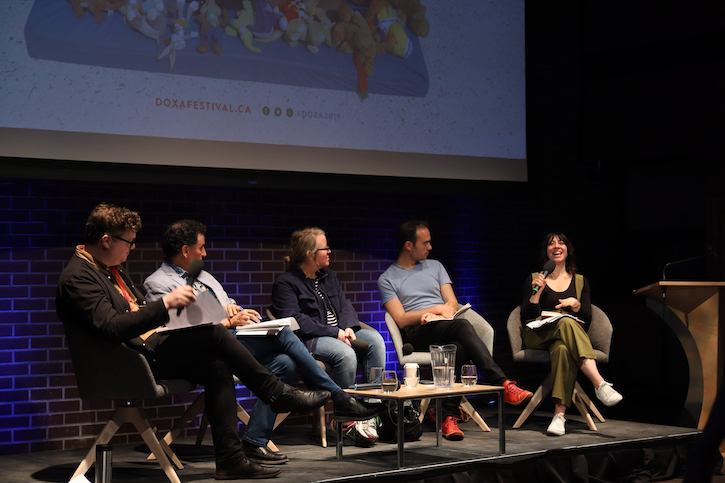 Figure 2. Beyond Story panel at DOXA Documentary Film Festival, Vancouver, CA, May, 2019. Courtesy of the festival.
Figure 2. Beyond Story panel at DOXA Documentary Film Festival, Vancouver, CA, May, 2019. Courtesy of the festival.
At Sheffield Docfest (Transcript), Brett Story and Alisa Lebow were asked to defend or debate the “beyond story” position in conversation with influential European industry professionals who were selected because they weren’t entirely convinced of its merit. In this more challenging context, we confronted industry-based understandings of “audience” and a formative dependence on rubrics, numbers, and profits. We countered that audiences are not singular, should not be condescended to, and have been denied the opportunity to see important work simply because it does not conform to preestablished expectations. Interestingly, while our two interlocutors both work for public broadcasters (Commissioning Editors Mandy Chang of Channel 4’s Storyville and Barbara Truyen of the Dutch Public Broadcaster VPRO), they both cited commercial concerns such as competition with Netflix, with no mention of any commitment to their duty—politically, socially, and ethically—as public servants, to expose audiences to a range of forms, and to provide an alternative model of culture to ones dictated by market expectations. Surely the solution to the challenges faced in the market is not to mirror the conditions that make things difficult for them in the first place. While the set-up may have been more contentious than we would have liked, it was moving to hear our words produce generative discussion, and even more so to experience a packed house that appeared to be quite sympathetic to this project.
We also heard from many filmmakers during this period, who told us of their none-too-pleasant encounters, whether in live pitching sessions or in written feedback on (rejected) grant proposals, that dismissed their projects out of hand for lack of “story.” In a dialogue published in this volume between filmmaker/programmer Samara Chadwick and filmmaker/scholar Cecilia Aldarondo, we hear from people working very much within, and in active dialogue with, the industry. They name the problem of a diminishment of the contemporary documentary. (Article 12) They liken the documentary to the “interstate” highway, which all too predictably takes viewers from point A to point B, without allowing for any complications, deviations, or indeed any ideological challenges. Chadwick notes, “(t)he thing about these destination-driven stories and roads, is that they are engineered to override certain natural forces, to obliterate the unexpected.”
Instead of creating an alternative canon or a code by which filmmakers and industry professionals can live “beyond story,” we want to illuminate both the mechanisms behind an apparently seamless consensus and some of its deleterious effects. In this issue, scholar-filmmakers share their own processes and considerations beyond story. Contributors identify the elisions exacted by racist systems of incarceration, punishment, and their corollary modes of recordkeeping (Article 03); as well as the corrections that can be collectively accumulated through archival and community-based research into American racism (Article 06); and the need to disrupt normative experiences of temporality in order to register places that documentary otherwise ignores or transports us too swiftly through. (Article 02) We are reminded of the anthropocentric bias of the story structure, as well as the gendered implications of who can tell which stories. (Article 05)
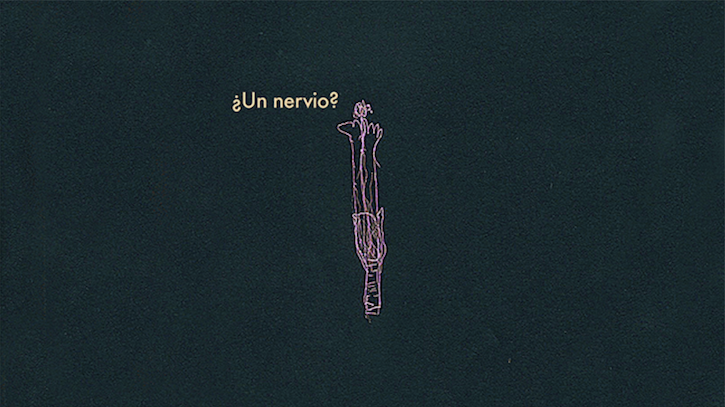 Figure 3. still frame. CADA FLOR TIENE (EVERY FLOWER HAS), Sindhu Thirumalaisamy (2016). Courtesy the artist.
Figure 3. still frame. CADA FLOR TIENE (EVERY FLOWER HAS), Sindhu Thirumalaisamy (2016). Courtesy the artist.
In the collection’s longer pieces, our authors research and develop historical, economic, and formal analyses that help us understand both the consolidation of story and some possible alternatives. These genealogical analyses historicize the processes by which storytelling has become for today the unquestioned modality for documentary. In an expansion of his Poetics and Politics presentation, Rick Prelinger, with years of experience working with archival materials and his current “Lost Landscapes” live film events, reminds us of the radical roots of storytelling in documentary as a means of political organizing in the US. (Article 04) Paige Sarlin digs deeper into the history of “story,” first rehearsing and refusing the platitudes that have come to naturalize and universalize story (“stories are what make us human,” “everyone has a story”), and instead revealing the early commodification of story in the not-for-profit realm, which moved documentary almost imperceptibly towards its current-day commercial successes. (Article 07)
Building on the insight that story has become an object of capital, Brett Story brings her training as a filmmaker and geographer to her analysis of story as a form of property: something that one allegedly owns (my story, not your story to tell), and also a commodity that can be bought and sold by others. (Article 11) Lana Lin’s analysis of her film, The Cancer Journals Revisited (2018), embraces the possibilities of multi-perspectival tellings of even the most personal of narratives. (Article 08) Interweaving her own experience of breast cancer with Audre Lorde’s powerful account from her published journals of surviving cancer, and then drawing these words into the process of their reading by other women of color with cancer, allows for diverse yet consonant experiences to resonate in often unexpected ways.
We believe that contributions like these are particularly necessary at this moment, if we are to survive the toxic forms of fascism and neoliberal capitalism that distort and indeed literally threaten our lives—and the life of the planet. We are thankful for every artist/filmmaker/programmer/scholar who contributed to this special issue. Each has their own reasons for wanting to break the chokehold of “story,” and all are in agreement that there are political and economic, as well as creative, reasons to do so.
Thus, in our special issue, we also include two perspicacious industry analyses that penetrate into the operations of some of the most powerful gatekeepers in the field: Netflix and the Sundance Institute. Josh Glick provides a revealing backdoor look into the workings of one of the most secretive entertainment corporations, Netflix, to better assess the company’s influence on the contemporary documentary, and their interests in doing so. (Article 09) Luke Robinson recounts his experience as a participant in workshops run by the Sundance Institute for Chinese filmmakers in China, witnessing the process by which filmmakers who hope to have their films seen in the Global North are coached to speak the language of liberal humanism, in the process, frequently making their work nearly illegible to local audiences and flattening out relevant politically resonant struggles. (Article 10)
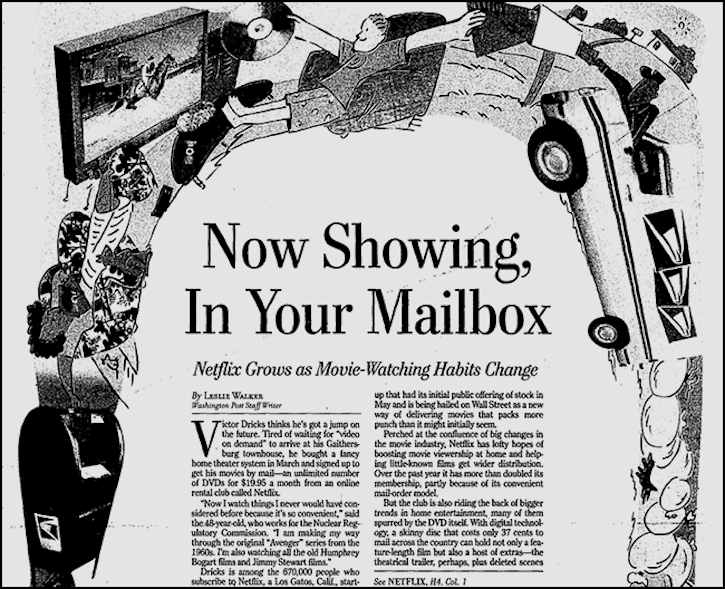 Figure 4. Leslie Walker, “Now Showing in Your Mailbox,” WASHINGTON POST, August 11, 2002.
Figure 4. Leslie Walker, “Now Showing in Your Mailbox,” WASHINGTON POST, August 11, 2002.
If we want to learn to perceive the world as its diverse people see and encounter it, and in this way begin to sow the seeds of radical change in this time of unique and reoccurring crises, we must open up new vistas beyond the individualistic, heroic, liberal-humanist, Western, profit-oriented, and market-driven logic that underpins the current consensus. We need documentary to think beyond the human to include structural analysis and non-human perspectives. Documentary is uniquely situated to help us break habitual associations, rupture embedded hierarchies of privilege and dominance, and bring history into dialogue with the present and future. But the world itself also ruptures, sometimes unexpectedly. Documentary is equipped to be with us, exposing crisis, suggesting alternatives, adapting to and with the world it allows us to see.
This effort began well before Covid-19 radically disrupted social and political relations, upending the world’s economy, as well as transforming our habits of media production and consumption. We have not modified this account to embrace the challenges of this still-raging global pandemic, largely because we believe the intervention stays relevant in these circumstances. However, we will conclude here by noting that Covid media has both consolidated documentary forms (in the increasing slate of interchangeable, festival-winning, streaming docs, to which so many turn, regardless of where we call home), while cracking open new methods, norms, and forms for communication (e.g. the distributed visuality of the Zoom screen and experiments in Zoom filmmaking). Beyond Story allows us to think creatively about the most current of crises, and our changing experiences of them—to imagine, image, and work together for another world that is indeed possible and necessary.
Thank you to our wonderful contributors, and to the editor of World Records, Jason Fox, for his commitment to this project from the start and the hard work he put into this issue, working closely alongside us. Thanks also to World Records. We can’t think of a better home for these discussions: those we’ve presented here, and more that we are certain will come as a result of this effort.
Title and Background Videos: “Character Limit” event, UnionDocs, January, 2019 / Sheffield DocFest “Beyond Story: A Conversation for the Industry,” June, 2019 / A Costly Lesson (Alex Johnston, 2016) / The Cancer Journals Revisited (Lana Lin, 2018).
{1} Saidiya Hartman “Venus in Two Acts” Small Axe 26, June 2008, p 13.
{2} See the Poetics and Politics 4 (May 2019) symposium website.


